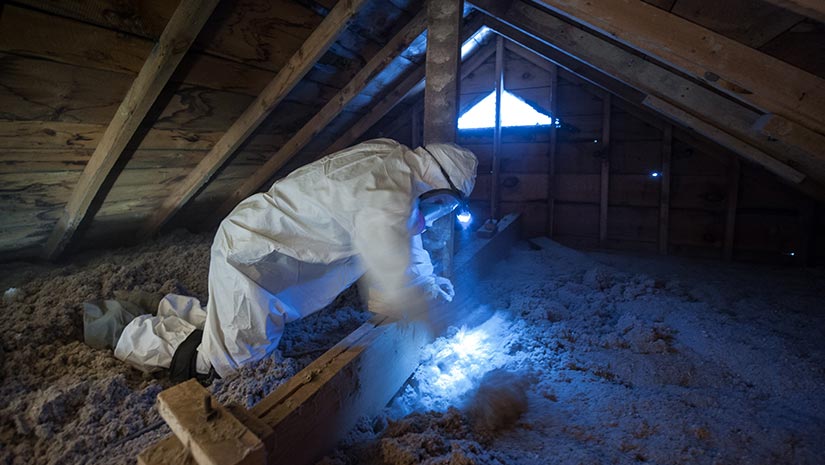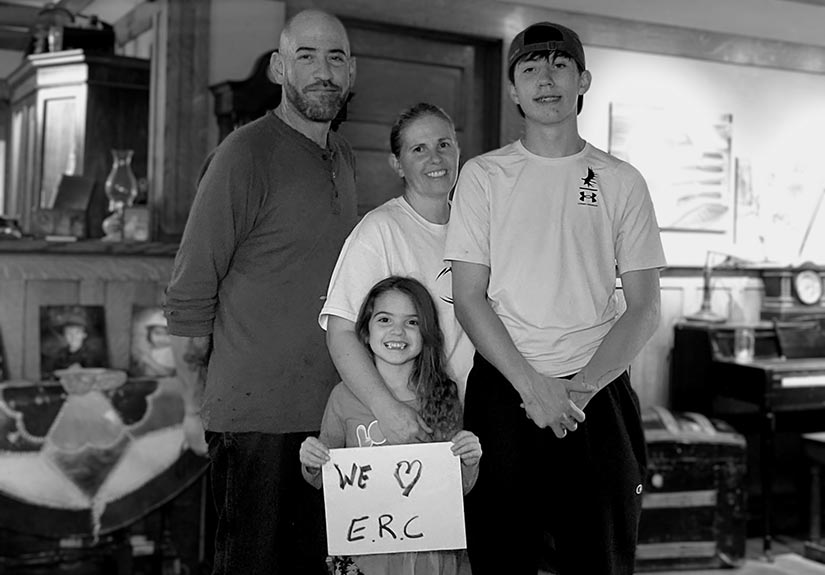NREL Celebrates 45 Years of Energy Burden Relief for Low-Income Families in Weatherization Program

A favorite sweater, an open window, or a simple press of a button are all it takes for some of us to enjoy the perfect temperature in our homes. But many low-income households are battling their thermostat and struggling with their electric bill—paying a high price for energy-inefficient homes they have no control over.
“Weatherization”—retrofitting homes to make them more energy efficient and improve health and safety—is the key method to correct home inefficiencies and save precious income. For over 10 years, the National Renewable Energy Laboratory (NREL) has provided the critical weatherization resources needed to make these life-changing impacts through the U.S. Department of Energy’s (DOE’s) Weatherization Assistance Program (WAP).
So, as many of us cozy-up amidst the dropping autumn temperatures, NREL celebrates another year of transforming energy—and lives—as a part of WAP on Weatherization Day, this Saturday, Oct. 30.
About 50 million people live in low-income households and spend a disproportionately higher percentage of their paychecks on energy costs than others, according to DOE.
This year, a family of four in the San Luis Valley was not sure they would be able to keep their home.
“We bought our dream house as a foreclosure property, just a couple of blue-collar people trying to have a place of our own,” the homeowner noted. “We realized right away the first winter that we were paying nearly $500 a month in utilities and felt like we weren’t going to make ends meet. We felt we’d gotten upside down.”
Using the WAP resources provided through the Colorado Energy Office and the Energy Resource Center, this family received weatherization and energy-efficiency services including:
- Comprehensive energy audit and education
- LED lighting package
- Water savings measures
- Air sealing
- Attic insulation
- Storm window installation
- Subspace floor insulation
- Solar array installation.
“Luckily, this program was here [and now] we can afford our home!” remarked the homeowner. “This has allowed us to have our dream home, and it’s making it truly affordable [with] the money we bring home every day.”
Each year, WAP services like these reach approximately 35,000 homes among 50 states, Washington, D.C., five U.S. territories, and one tribe. Since WAP’s inception in 1976, more than seven million households have received weatherization services, saving each household $238 a year on average.

NREL Facilitates WAP Success
WAP aims to reduce energy costs for low-income households by increasing the energy efficiency of their homes, while ensuring healthy air quality and safety standards are met.
To facilitate WAP activities, NREL partners with state and territory energy offices, nonprofit organizations, community action agencies, and local jurisdictions. NREL supports this network by maintaining Standard Work Specifications and worker credentials, developing training resources and accrediting training providers, and conducting workshops on program implementation and other analysis.
Involvement with this network provides NREL insight at the local level that can help DOE improve the program for communities across the country.
Finally, NREL collaborates with industry to develop the tools needed for a high-quality residential energy upgrade industry, supported by accredited training programs and a skilled workforce. In a recent wage analysis for the National Association for State Community Services Programs, NREL found demonstrable value for organizations with WAP-credentialed workers.
All People Can Benefit From Sustainable Energy
Low-income households on average spend three times the amount that other households spend on energy, according to DOE. Weatherization is an essential part of alleviating the energy burden these households feel. WAP offers low-income households free services to upgrade their homes to be more energy efficient, which in turn helps them save money and improve their health and safety in the home.
On Weatherization Day, NREL joins DOE’s Office of Energy Efficiency and Renewable Energy in celebrating its 45 years of WAP successes. What began as a legislative act to reduce heating costs has become an enduring program that champions comprehensive energy efficiency, equity, and income sustainability.
WAP is at the heart of the United States’ transition to a sustainable energy economy—ensuring that low-income communities can make their homes more affordable through free weatherization services.
For questions related to NREL's WAP support, contact [email protected].
Last Updated May 28, 2025
